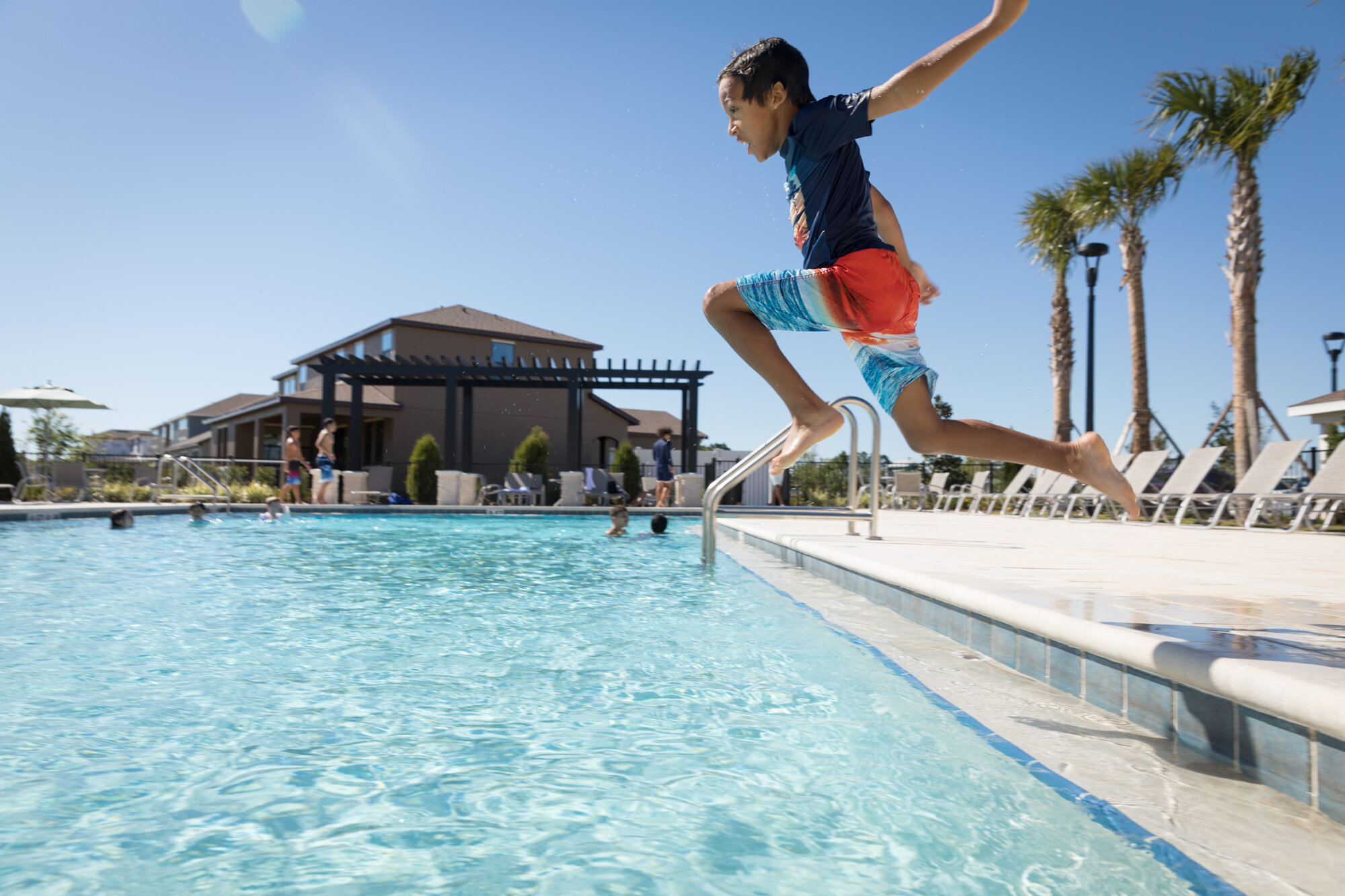Skin cancer is not only the most common form of cancer, it’s also the most preventable. Millions of people are diagnosed with skin cancer every year. Basal cell carcinoma (BCC) and squamous cell carcinoma (SCC) are the most common types of skin cancer diagnosed in the U.S., and melanoma is the most dangerous.
Detecting Skin Cancer
The sooner skin cancer is identified and treated, the better chance it has to be cured. When detected in its earliest stages, skin cancer is highly treatable. Be sure to watch your skin for any changes, especially in color, texture and growths. You should also monitor any new or existing moles for:
Asymmetry– Do you have moles that are an uneven/asymmetrical shape?
Border– Are there any irregular borders around your moles?
Color– Do you have any moles that are more than one color?
Diameter– Do you have a mole that’s bigger than a pencil eraser?
Evolved– Has your mole gotten bigger or thicker?
You should have a doctor check it out if you notice any of the warning signs listed above, or if you have a sore that won’t heal, or a patch of skin that seems dry, scaly and itchy.
Here are some tips to keep your skin healthy and cancer-free:
Don’t Tan – Laying out to get a tan, or using a tanning bed, is choosing to damage your skin. There are countless drugstore products that can give you a sun-kissed glow without a single damaging ray touching your skin.
Wear Sunscreen Every Day – You should apply sunscreen every single day — winter or summer, sunny or cloudy, indoors or out.
Wear Protective Clothing – Wearing lightweight clothing (long sleeves and long pants) can offer extra protection. If you’re near water, the reflection of the sun’s rays can be even more impactful.
Choose Your Outdoor Time Wisely
The sun is strongest between 10 am and 2 pm. If possible, plan outdoor activities outside of these peak times. If you are outside during the peak times, try to spend time in the shade.
These tips, provided by our research partner, AdventHealth, are available to you and others in the Lake Nona community to help make positive impacts on our health.
Another way you can make a difference is by taking the Lake Nona Life Project survey. We can’t do it alone. We need partners like you. Take the survey today.

